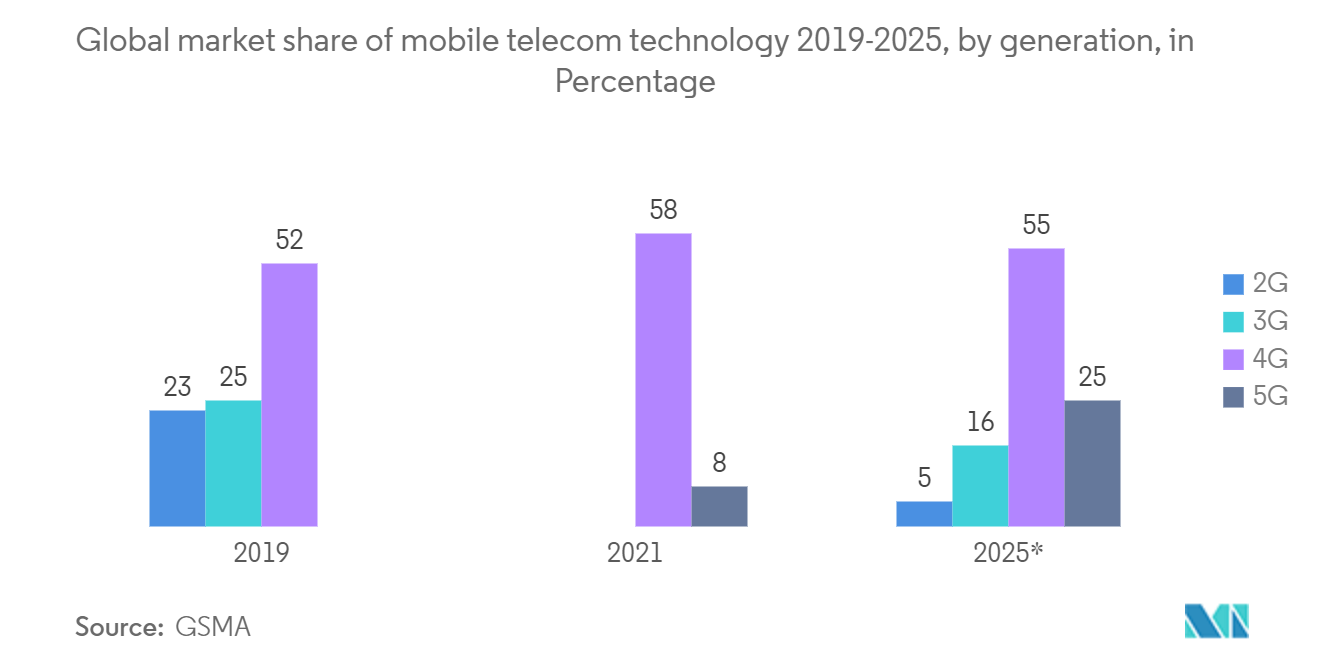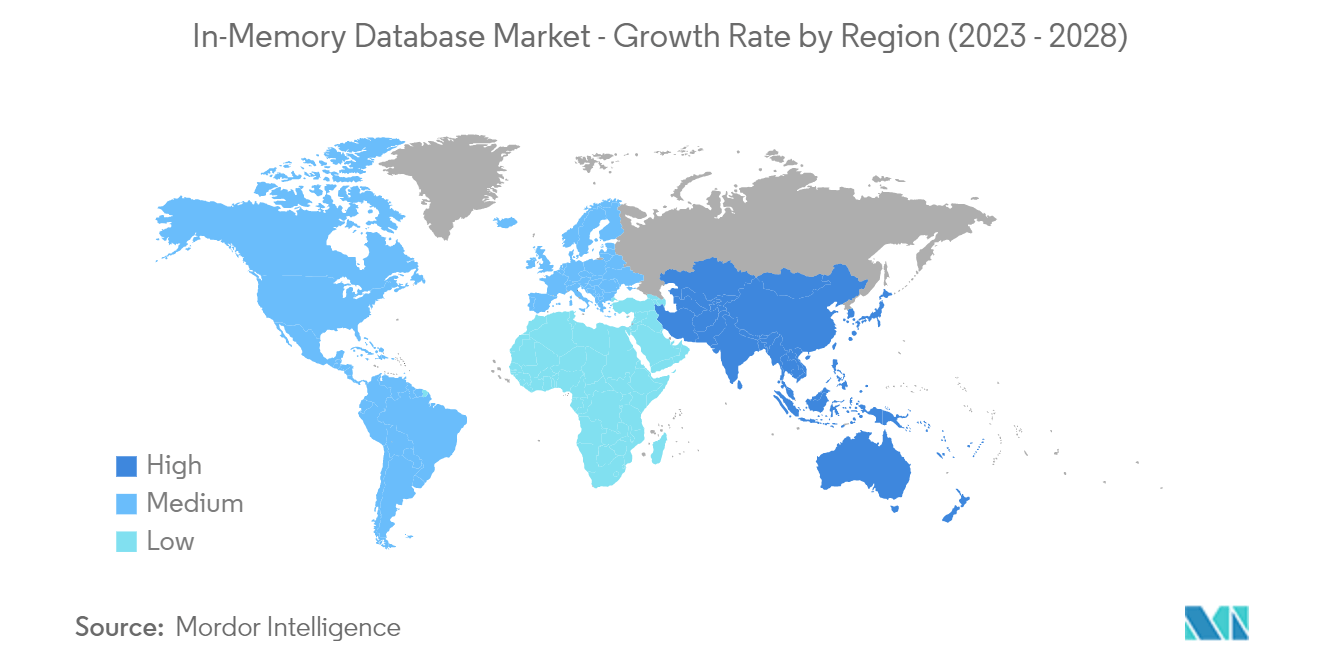Market Trends of In-Memory Database Industry
This section covers the major market trends shaping the In-Memory Database Market according to our research experts:
Telecommunication End-User Industry to Hold Significant Market Share
In-memory database technology is an essential option for any application requiring data to be promptly and reliably available. Examples of applications especially well-suited to in-memory database systems include networking and telecommunications applications with huge trading volumes and demands for exceptionally quick response times. In reality, the communications industry has been utilizing specialized in-memory technology for some time.
- The telecommunications industry has been going through some massive operational transformations. The data generated has been increasing exponentially. One of the primary reasons for this could be the advancement of telecom technologies and the development of disruptive over-the-top offerings by technology companies.
- In-memory databases are increasingly being used in telecom and IT enterprises to protect against attacks, minimize data loss, and strengthen security systems in big, complex, and varied organizations. The need for in-memory databases is anticipated to rise due to the increased number of data breaches in the telecommunications sector. For instance, in September last year, the Australian telecommunications firm Optus had a disastrous data breach that allowed access to the personal information of 11 million subscribers.
- Big data and growing mobile broadband usage have also increased the demand for in-memory databases in the telecom industry. In 2021, 4G technology held a 58% market share. However, by 2025, that percentage is expected to fall to 55%, according to the GSMA. By then, mobile technology is expected to be 25% dominated by the new 5G technology.
- Operators of mobile networks are not the only distribution network participants to use in-memory databases; original equipment manufacturers and infrastructure suppliers are also among them. The market is expected to grow a lot because more and more people are using technologies, especially cloud and mobility.
In-memory database systems are highly capable of doing enterprise management on the cloud, as they merge the data warehouse with clients' business applications, thus increasing data throughput. It also provides real-time analytics, which can assist organizations in foreseeing many issues and solving them beforehand.

North America Region to Hold Significant Share
- The North American region has been at the helm of many technological developments, and computing has been one of the key drivers. In the market studied, the majority of the landscape is dominated by North American players. The legacy of technological development and innovation has been a significant driver. Companies like IBM Corporation, Oracle Corporation, SAP SE, Altibase Corporation, Aerospike Company, and Microsoft Corporation are all based in the region.
- The Canadian market is anticipated to take center stage in the region as the country includes a considerable number of enterprises in various industrial sectors, such as retail, IT, or any other industry. Even US industries have substantial revenue from their operations in Canada.
- Although in-memory technology is still being developed, its adoption in enterprises has only recently begun.Since its adoption has begun fairly recently, the North American region has been lucrative for market vendors, and all the major players are looking to flood the market with low prices and high-performing offerings.
- The increasing awareness of the many advantages BI software provides gives businesses a wide range of options for focusing on their target audiences and improving the user experience. For instance, American food companies Wendy's and Ruby Tuesday heavily rely on BI software to improve customer interactions. As a result, these elements fuel market expansion.
In addition, the fundamental element that contributes to the growth of in-memory databases in North America is the rise in the utilization of mobile devices. The US Census Bureau and the Consumer Technology Association say that smartphone sales in the US went from USD 73 billion in 2021 to USD 74.7 billion in the last year.


